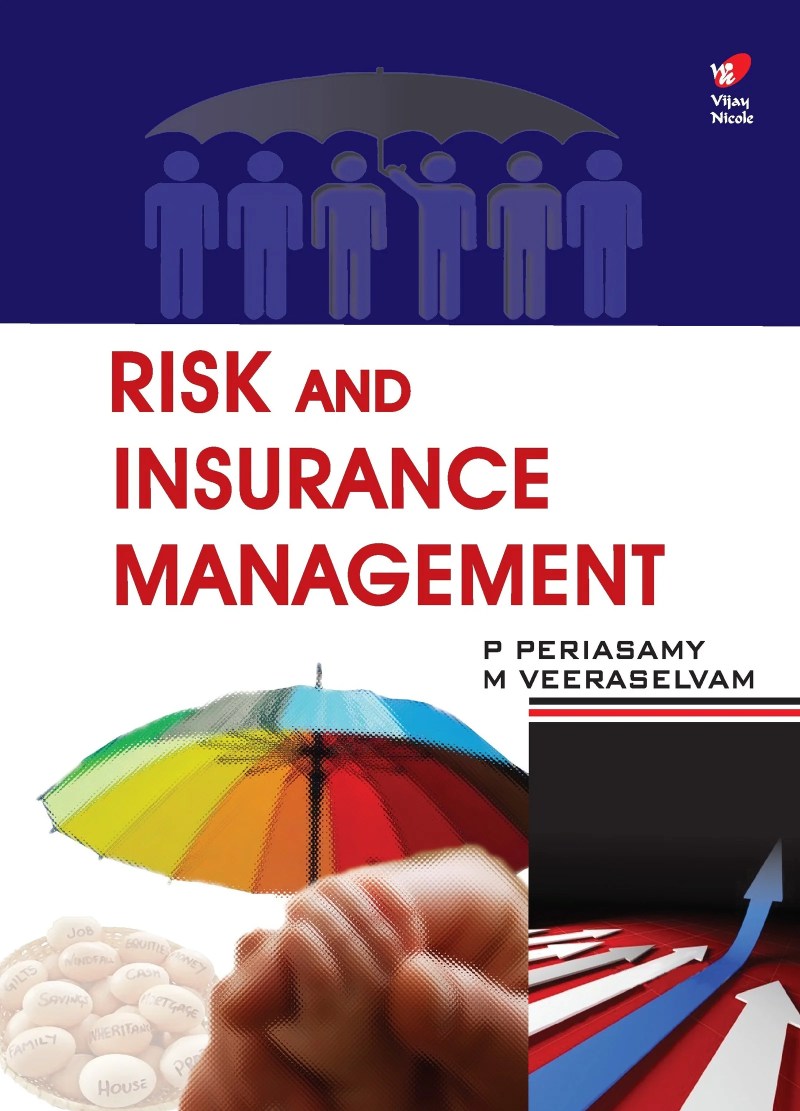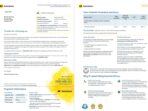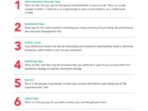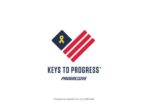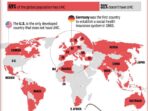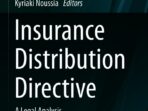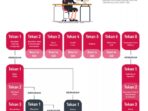Insurance Risk – People and companies can reduce financial losses through risk exchanges to risk of the other part. / Jules Garcia
Risk exchange is a risk management strategy that takes responsibility and economic burden from one text to another loss.
Insurance Risk

If risk exchange is a loss, the responsibility of the risk passes one party to the other party. Damage, theft or catastrophe can cause losses. These transfers are needed because certain parties cannot afford some risks. The risks can be transferred between individuals, business, individuals, and businesses and underwriters.
Advantages Of Risk Assessment In Insurance Scoring
For example, when a homeowner purchases property insurance, they pay a variety of risks associated with housing rights. Although the insurance industry is most common, the risk of contractual agreements can also be carried out.
Purchase of insurance, the Insurance Company agrees to earn or compensate the policyholder for a specific loss or loss for payments.
Insurance companies accumulate premiums for thousands of thousands of consumers each year. This provides a small box for a slight box to a slight box to loss or damage. This premium is also covered by administrative and operating expenses and makes the company’s profits.
Life insurance is in the same way. Exurance companies depend on active statistics and other information to predict the number of deadly statements that are expected to pay each year. Since this number is relatively small, the company sets its installment to exceed the levels of these death benefits.
Insurance Risk Management Vs. Enterprise Risk Management
The insurance industry lies because the financial resources or companies they need to endure the risk. Therefore, they turned the risk.
When insurers do not want to take too much risk, they transfer the excess risk. For example, the policy of insurance company can write to a regular basis that limits $ 10 million. However, it can be followed by a policy of a maximum amount of money and will return to more than $ 10 million. These sub-contract only acts if significant losses are performed.
The most important fee earned by many people is buying a house. Many homeowners buy homeowners insurance to protect their investments. Insurance companies transferred from some of the risks related to the homeowner’s insurance, with some risky risky homeowners.

Insurers generally assess their business risks to determine if the customer is acceptable and from which installment. Underwriting insurance is more risky for customers with a perfect credit profile with a perfect credit profile with no pets. The first applicant’s policy is transferred to the Insurance company from the applicant to the Insurance Company.
What Is Risk Assessment?
From quotation partnership, appearing on this form, is compensated. This is affect how the list appears and where to appear. Not all offers in the market.
Aaterka Contract: What is it, what is it, and how it works,
Insurance policyholder surplus: What is it, what is, what is it, and how it works, and how it works, it is digested on this topic. This is a compilation of different blogs. Each title is connected to the original blog.
Risk management is an important part of any successful business or person. More than $ 10 million assets asset assets, Developes, reveal the importance of risk managing the risk management to protect their wealth. Insurance is an important tool to minimize the challenges caused by risk management. It provides a safe net for individuals and businesses to ensure that they are not financially damaged in accidents. In this section, we discuss how we can use risk management insurance and how to protect the decade of financial losses.
How Poi Data Helps Property Insurers Improve Risk Assessment
1. Insurance provides security: Protection provides security from various risks, including loss of property, losses, loss of property. The KEFTrams can use insurance policies to protect their assets and investments from unexpected events, such as natural disasters, accidents, accidents. For example, property insurance can be purchased to protect the assets of natural disasters, stealing or destruction of the dollar colored portfolk.
2. Risk Exchange: Insurance companies allow individuals and businesses to assign financial losses. By paying the premium, the policyholder translants the risk of losses to the insurer. Instead, the insurance company agrees to pay a loss covered by the policyholder. If the risk exchange mechanism is willing to protect their wealth, the devastating event does not need to bear the full economic weight of an end.
3. Stay in Peace: Insurance policies provide spiritual peace for individuals and entrepreneurs. Knowing that if an unexpected event occurs, it helps to be safe for their financial future. These inner peace and protection are priceless to those who require wealth and protection.

4. Customized coverage: Insurance policies can be refriculated to meet the specific needs of individuals and businesses. What to develop policies to develop the risks that are most applicable to their situation can be developed. For example, the vessel can be purchased to protect ocean insurance to protect oceans insurance to protect accidents, or damage during traffic.
Finite Risk Insurance: Types, Benefits, Criticism
Insurance is playing a crucial role in a million risk management of a million rupees in the decimal. It provides security, risk exchange, peace and customizing. Working with trustworthy insurance advisers is decimal.
From organizations of individuals or organizations, insurance play a crucial role in providing effective risk management to facilitate risk management from organizations of insurance companies. Redemption from the financial losses caused by various unexpected events provides it by a mechanism for individuals and businesses. By paying premium, insurance policies transfer the risk of potential losses to the risk of the insurers, and allow them to reduce these risks and focus on their basic activities. In this section, we dig and explore the importance of the insurance in a risk.
1. Risk squad: Insurance works according to the principles of risky pools and a large number of insurance policies have contributed to the General Fund. These funds are later used to pay compensation to those who experience insurance policy losses. Exposure of risk for a broad population, insurers can effectively manage insurance companies and can be absorbed by the small number of policyholders. For example, health insurance helps with health insurance and help cover the medical expenses of the illnesses.
2. Financial Responsibility Exchange: Insurance allows insurance and businesses to assign financial responsibilities related to the risks of insurance companies. Instead of premiums, insurance company agrees to get any financial burden in any reserve losses. Assignment of this responsibility provides insurance policy to a sense of protection and focus on their basic activities without worrying about the potential financial consequences of unexpected events.
Risk Management And Insurance Solutions
3. Reduce uncertainty: Works as a risk management tool, with insurance uncertainty. It provides a person and business safety net to target the unbearable events that cannot be significant financial impact. For example, the property insurance can protect homeowners from natural disasters, such as floods or earthquakes. Insurance policies can reduce the uncertainty of these incidents and ensure the financial stability of these incidents.
4. Promotion of Economic Stability: Insurance to promote economic stability to minimize the impact of individuals and businesses, insurance is playing a crucial role in promoting economic stability. When a reserve event takes place, insurance policyholders will compensate and help them to recover from a financial background and maintain economic activity. In addition, insurance companies often invest in their premium, which contributes to the overall economic growth and stability of society.
5. Promotion and Management Promotion and Management Promote Risk Assessment: Insurers have extensive expertise on risk assessment and management. They use active and recyclists to analyze different factors to determine suitable premium and insurance with various risks. Relying on their expertise, people and businesses can make
:max_bytes(150000):strip_icc()/against-all-risks.asp_final-65905ff20c3940afb506037fbba0c8cf.png?strip=all)

